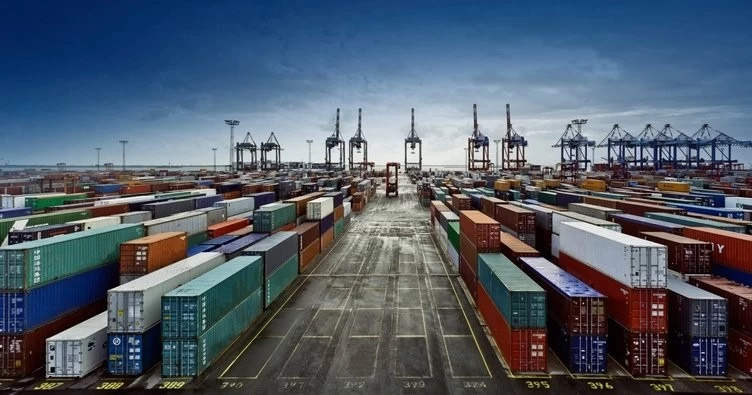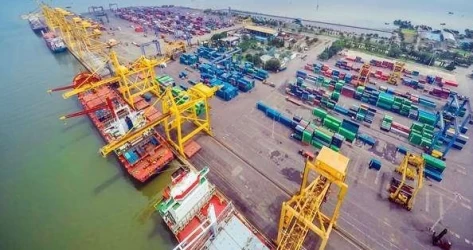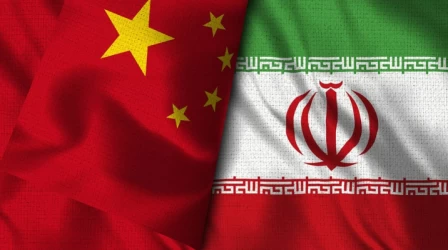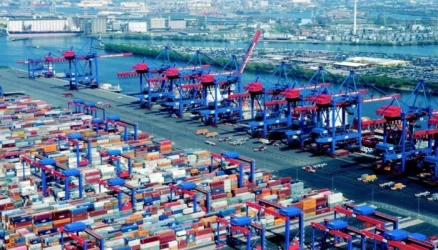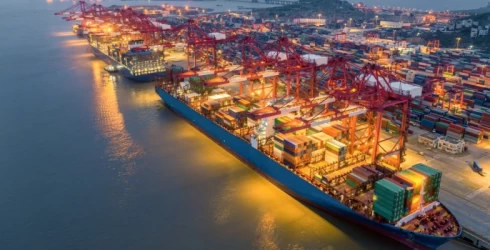Sea freight in Haiphong port
Hai Phong Port, located in northern Vietnam, serves as the country's primary maritime gateway, playing a crucial role in international trade and economic development. Established in the late 19th century, the port has evolved significantly, adapting to the needs of the global shipping industry. This article provides a comprehensive overview of maritime transportation in Hai Phong Port, highlighting its strategic importance, infrastructure, operational capacity, and challenges.
Geographic Location
Hai Phong Port is situated in the Gulf of Tonkin, approximately 100 kilometers east of Hanoi, Vietnam's capital. Its strategic location allows for easy access to major shipping routes in the Asia-Pacific region, making it a vital hub for both imports and exports. The proximity to neighboring countries such as China, Laos, and Thailand enhances its role in regional trade.
Infrastructure and Capacity
Hai Phong Port boasts modern infrastructure designed to accommodate various types of cargo. The port features multiple terminals, including container terminals, bulk terminals, and specialized terminals for liquid cargo.
- Container Terminals: These terminals are equipped with state-of-the-art cranes and handling systems, enabling efficient loading and unloading of containerized cargo. With a capacity to handle millions of TEUs (Twenty-foot Equivalent Units) annually, the container terminals are pivotal in facilitating international trade.
- Bulk and Liquid Terminals: The port's bulk terminals handle a wide range of dry bulk commodities, such as coal, grain, and construction materials. The liquid terminals cater to petroleum and chemical products, ensuring safe and efficient handling.
- Transport Connectivity: Hai Phong Port is well-connected to the national transportation network, including roads, railways, and inland waterways. This connectivity enhances the logistics efficiency for cargo movement to and from the port, significantly reducing transit times for businesses.
Economic Significance
Maritime transportation through Hai Phong Port plays a vital role in Vietnam's economy. The port facilitates a significant portion of the country's export and import activities, contributing to the overall growth of various sectors, including manufacturing, agriculture, and services.
- Exports: Major exports through Hai Phong include textiles, electronics, agricultural products, and seafood. The port serves as a critical point for Vietnamese goods reaching international markets, boosting the country's trade balance.
- Imports: Hai Phong Port is also essential for importing raw materials and goods required for domestic production. This includes machinery, components, and fuel necessary for various industries.
- Foreign Investment: The port has attracted considerable foreign investment, leading to the establishment of logistics hubs, distribution centers, and manufacturing facilities in the surrounding areas. This investment is vital for enhancing the region's economic development and job creation.
Challenges Facing Hai Phong Port
Despite its strengths, Hai Phong Port faces several challenges that could hinder its growth and operational efficiency:
- Congestion: The port experiences congestion due to the increasing volume of cargo. This can lead to delays in loading and unloading, impacting the supply chain.
- Environmental Concerns: Maritime activities contribute to pollution and environmental degradation. The port authorities are under pressure to implement sustainable practices to mitigate these impacts.
- Competition: With the rise of other regional ports, Hai Phong faces stiff competition. Ports in neighboring countries are also enhancing their facilities and services, which could divert traffic away from Hai Phong if not addressed.
- Infrastructure Limitations: While the port has modern facilities, further upgrades are necessary to handle larger vessels and increased cargo volumes efficiently.
Future Prospects
The future of maritime transportation in Hai Phong Port appears promising, driven by ongoing investments in infrastructure and technology. The Vietnamese government has recognized the importance of the port in its economic development strategy, leading to plans for further enhancements:
- Infrastructure Development: Continued investment in expanding terminal capacities, upgrading equipment, and improving transportation links will be critical in accommodating future growth.
- Sustainability Initiatives: Implementing green practices and technologies to minimize environmental impacts will enhance the port's reputation and compliance with international standards.
- Regional Collaboration: Strengthening partnerships with other ports and logistics companies in the region can improve operational efficiency and competitiveness.
Conclusion
Hai Phong Port is a key player in Vietnam's maritime transportation landscape, significantly contributing to the country's economic development. While challenges exist, the port's strategic location, modern infrastructure, and growing capacity position it well for future growth. Continued investment and focus on sustainability will be essential to ensure that Hai Phong remains a vital hub for international trade in the Asia-Pacific region.
If you have any specific questions or need further assistance, feel free to ask!

